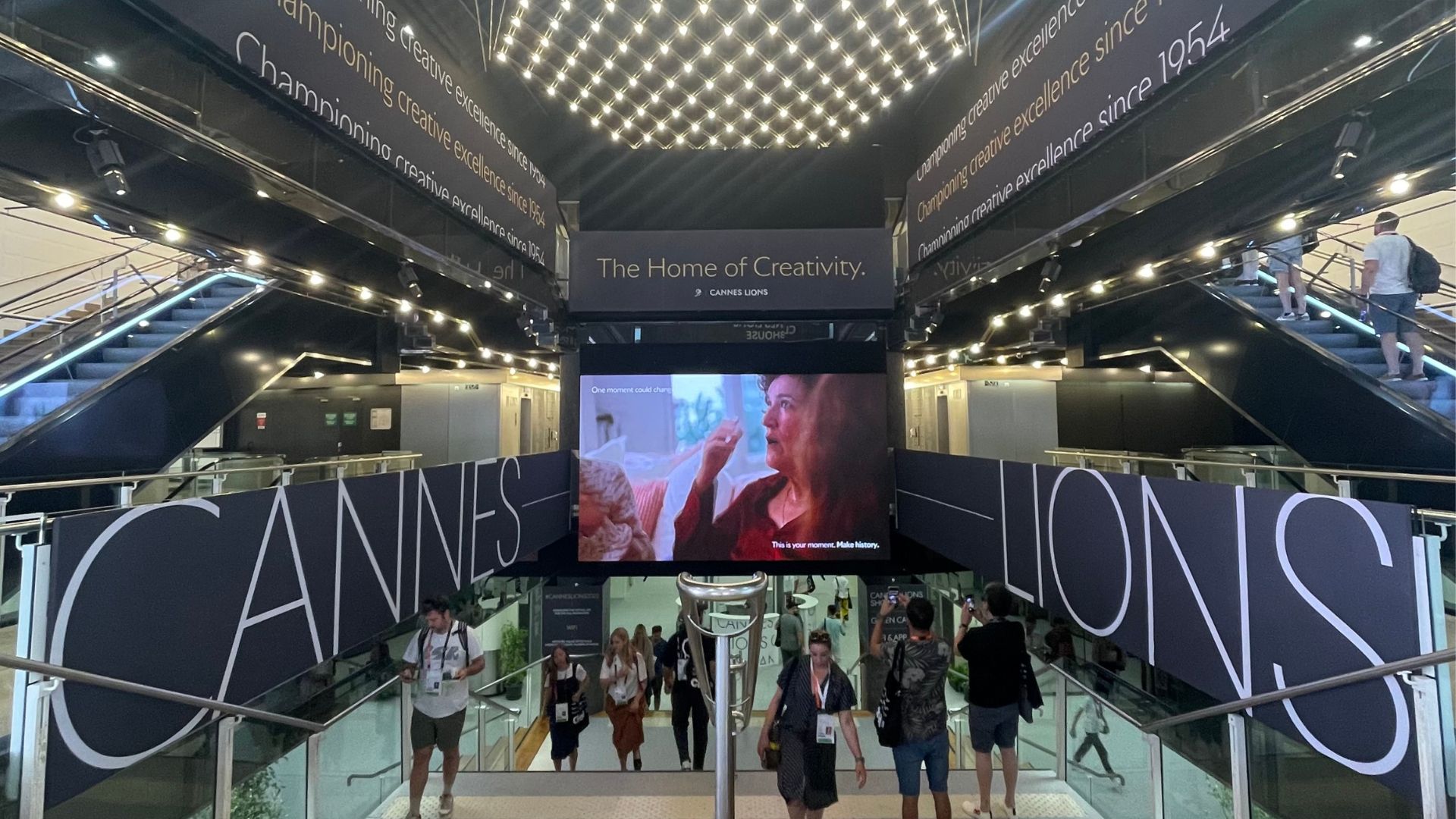 As Seen in … Adweek.
As Seen in … Adweek.
Empty nest. It sounds lonely and a bit sad, but apparently it isn’t either. With June marking the start of empty nesting for millions of Americans, it’s good to know so many are happy. I am, after all, becoming one of them.
Remarkably, 29 percent of Americans in their 50s say they are living their best-ever years, only to be topped by the 38 percent a decade later who say their 60s are the best yet. I discovered this spirit of optimism through a recent Ketchum 50+ study, and it’s good news for me personally–and for marketers who should be salivating at the size and positivity of the population segment that controls almost 70 percent of disposable income in America. This demographic also spends half of all CPG dollars.
But with an empty nest comes a literal emptying of even more than the nest–an actual shedding of relationships, behaviors and even brands as a result of reappraising life and feeling free to remove what’s no longer relevant. We’ve named the phenomenon a “ReMovement” because more than half of those 50+ we surveyed said they had moved on from people and products that no longer felt meaningful.
This should be a wake-up call for every marketer.
Coming out of the “rush hour” decade of their 40s when leaning in to family and career left little time for self, the ReMovement generation is finally able to pursue self-fulfillment, happy to drop whatever and whomever is not enhancing their inner life. That is not to say that friends and family are not valued; they were cited as most important to personal well-being, but these individuals have fewer, deeper relationships that matter. Apparently, that extends to brands too.
Other insights into 50+ from the survey:
- Comfort being alone. Two-thirds (67 percent) of those age 50-plus say they don’t yearn to be included in social events, while 92 percent are satisfied with the time they spend alone.
- Desire to try new products, as their priorities, finances, health and lifestyles change. In fact, 89 percent are open to trying new brands – they attribute shifting attitudes to changing priorities (33 percent) and lifestyles (29 percent) (click to tweet).
- Brand disloyalty. Less than half (45 percent) belong to a brand loyalty program, and nearly three in 10 (27 percent) are always on the lookout for new brands to try.
So ask yourself: what are you doing to court a generation with the greatest accumulation of wealth in history? What are you doing to make our lives better as we redefine what’s important to us?
We spend $3.2 trillion a year. You probably don’t want us removing you.



